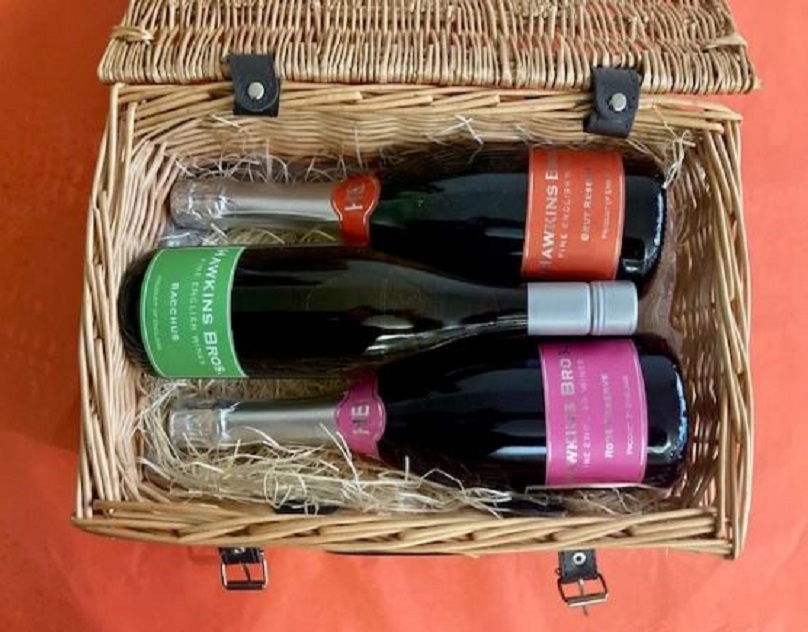Rosé wine, with its delicate blush and enchanting flavors, has long been a beloved choice among wine enthusiasts. But have you ever wondered what happens when this serene still wine undergoes a captivating transformation into a lively, effervescent creation? In this deep dive, we'll explore the fascinating journey of Rosé wine's evolution from still to sparkling, unveiling the secrets of production, the nuances of taste, and the regions where this effervescent delight truly shines.
The Birth of Rosé Wine
Before we embark on the journey of transformation, it's crucial to understand the essence of Rosé wine in its still form. Sparkling Rosé wine is a wine style made from red grape varieties but with a shorter maceration period, where the grape juice spends a brief time in contact with the grape skins. This limited contact imparts the lovely pink hue and a subtle tannic structure to the wine.
Blending Creativity and Craftsmanship
Creating sparkling Rosé begins with crafting an exceptional still Rosé wine. Winemakers select the perfect grape varietals and aim for the ideal balance of flavors, aromas, and acidity. Once this base Rosé is crafted, the journey towards effervescence begins.
The Transformation Process
Secondary Fermentation
The magic behind sparkling Rosé lies in the secondary fermentation, which occurs inside the bottle. This process involves adding a mixture of sugar and yeast to the base Rosé wine. The wine is then sealed with a crown cap or cork, trapping carbon dioxide produced during fermentation.
The Yeasty Slumber
After the second fermentation, the wine enters a period of aging on its lees, a process known as sur lie aging. This extended contact with the yeast sediments adds complexity and character to the wine. The duration of this aging process can vary, with some sparkling Rosé wines spending several years on their lees.
Riddling and Disgorging
As the aging process progresses, the wine bottles are placed on special racks and gradually tilted to encourage yeast sediment to gather in the neck. This is where the art of riddling comes into play, as winemakers carefully turn the bottles over time. Once the sediment has settled, the neck of the bottle is frozen, and the temporary cap is removed, allowing the pressure to expel the frozen plug of sediment.
Dosage
After disgorging, a small amount of wine and sugar, called the dosage, is added to fine-tune the sweetness level of the sparkling Rosé. This step is crucial in achieving the desired flavor profile, from dry to sweet.
Tasting the Transformation
The journey from still to sparkling Rosé results in a remarkable transformation of both appearance and flavor:
Visual Brilliance
Sparkling Rosé captivates the eye with its effervescent charm, displaying a spectrum of pink shades, from pale salmon to vibrant rose. The lively bubbles gracefully dance in the glass, promising a sensory treat.
Aromatic Delight
As you bring the glass to your nose, a symphony of fragrances unfolds. Fresh berries, vibrant red fruits, and subtle floral notes come together to create an aromatic bouquet that entices and intrigues.
Flavorful Complexity
The taste of sparkling Rosé is a harmonious blend of fruitiness and acidity. Expect a medley of flavors, from strawberries and cherries to citrus zest, all leading to a crisp and refreshing finish. The fine bubbles contribute to a creamy texture that elevates the overall tasting experience.
Regions of Sparkling Rosé Excellence
While sparkling Rosé can be crafted in various regions around the world, there are some notable areas known for their excellence in producing this effervescent delight:
Champagne, France
Champagne remains the epitome of sparkling wine production. The region's dedication to craftsmanship, coupled with its cool climate and diverse terroirs, yields sparkling Rosé wines of unparalleled elegance. Dom Pérignon and Bollinger are among the illustrious names associated with exquisite Champagne Rosé.
Prosecco, Italy
Italy's Prosecco region, famed for its sparkling wines, also offers delightful sparkling Rosé options. These wines are characterized by their vivacious and approachable nature, often presenting a fruity and playful profile that complements the Italian lifestyle.
Napa Valley, California
California's Napa Valley, known for its wine diversity, boasts several wineries that excel in crafting sparkling Rosé wines. Here, winemakers combine Old World tradition with New World innovation, producing unique expressions of effervescence that capture the essence of California's terroir.
The Journey's End
In conclusion, the transformation of still Rosé wine into sparkling Rosé is a captivating journey that marries creativity and craftsmanship. It takes a keen sense of artistry and precision to achieve the perfect balance of bubbles, flavors, and aromas. The resulting wine, with its visual brilliance, aromatic delight, and flavorful complexity, offers a truly enchanting tasting experience.
#Sparklingrosewine
Web: https://www.hawkinsbros.co.uk/collections/sparkling-rose





Comments